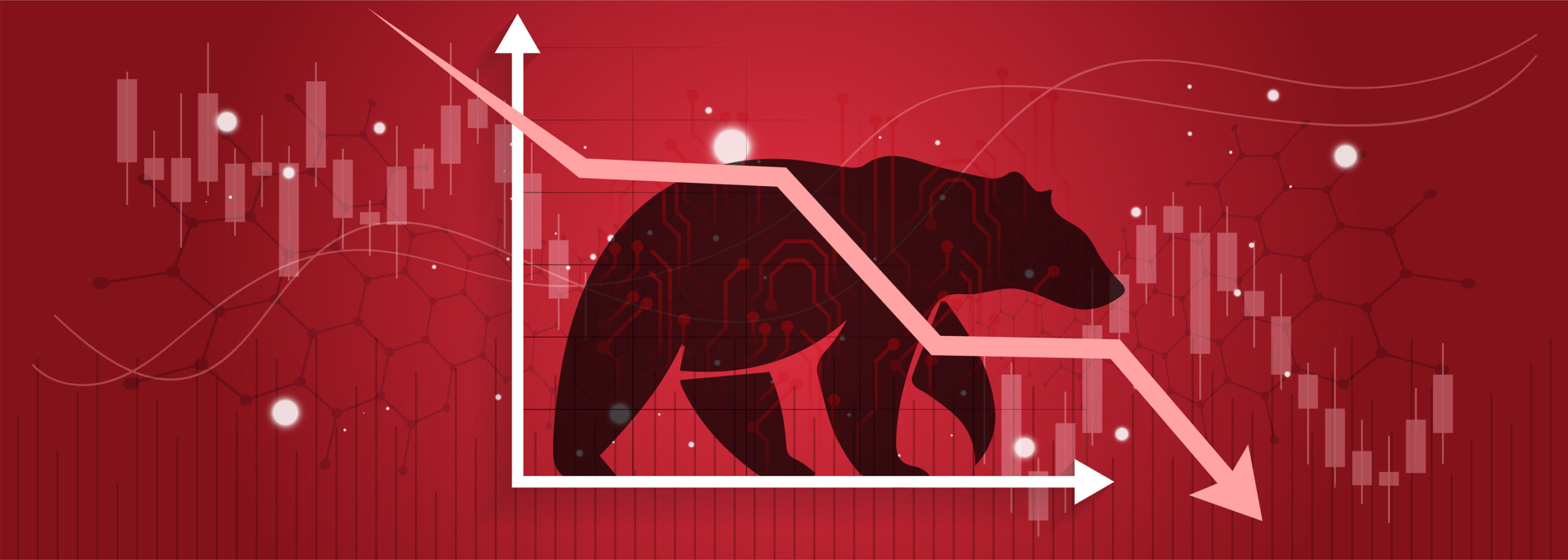Binance Calls XRP Ledger ‘First Major Blockchain Certified Carbon Neutral’
The education arm of the world’s largest crypto exchange (by trading volume) has a lot of nice things to say about decentralized public blockchain XRPL Ledger (XRPL) and its native token XRP.
The XRP Ledger was created in 2012 by David Schwartz, Jed McCaleb and Arthur Britto.
On February 27, 2020, during an episode of “The Ripple Drop” (Ripple’s online video series), Ripple CTO David Schwartz spoke with producer/editor Reinhard Cate about the development of the XRP Ledger.
Cate started the interview by asking Schwartz how the XRP Ledger started and what its current status is.
Schwartz replied:
“Well, I started working on what we now call the XRP Ledger in late 2011; so I’ve been at it for eight [or] nine years … but the changes have been drastic. I mean in the early days, all we had was the ability to do a transaction on a decentralized ledger in just a couple of seconds, and then we started to realize that the properties of the algorithms we developed allowed us to do things like a decentralized Exchange.
“And then we had this idea of letting people issue assets and ideas as community credit, and we put all of that together into a functional system probably in mid-2012.“
Officially launched on December 11, 2018, Binance Academy is the educational arm of Binance. Here’s how Binance introduced it back then:
“Binance Academy is a nonprofit blockchain education portal that provides quality, easy-to-understand content for cryptocurrency users and enthusiasts worldwide. Since the Academy’s limited beta launch in August, four months ago, users have spent more than 14,000 hours on the platform; corresponding to 10,000 minutes of content consumed per day, and 583 days of teaching material delivered in total.“
Ted Lin, Chief Growth Officer at Binance, had this to say:
“Education is the integral pillar for the spread of crypto and blockchain usage. With adoption still in its infancy, the world needs a consolidated, user-friendly and reliable source of knowledge to advance the understanding of cryptocurrency and distributed ledger technology. With Binance Academy, our goal is to provide a completely neutral platform with quality, objective, educational information. Users can learn about all things Blockchain, security and finance, as well as useful tutorials and guides, in their preferred language.“
Well, earlier today Binance Adacemy released a video about XRP – titled “What Is XRP Ledger (XRPL)?| Explained for Beginners” – on its YouTube channel.
Here are some things that this video points out about XRPL and XRP:
- “XRPL is a decentralized public blockchain built with the purpose of enabling a world where tokenized value is exchanged as quickly as information. XRPL is stable, scalable, fast and energy efficient. It has continuously verified transactions since its implementation in 2012, while supporting more than 1,500 transactions per second and transaction speeds of three to five seconds.“
- “Transactions are cheap. The average transaction cost on XRPL is less than a fraction of a krone.“
- “XRPL is friendly to our planet. It is the first major blockchain to be certified carbon neutral.“
- “The network uses a unified consensus protocol to verify transactions where designated independent servers known as validators must agree on the order and outcome of XRP transactions. All verified transactions are processed without a single point of error as no single participant can decide which transactions are prioritized.“
- “The cryptocurrency native to the XRP Ledger is XRP, a neutral bridge asset optimized for payments anywhere. With billions of XRP traded daily, XRP acts as a medium of exchange to facilitate cross-border payments quickly, cheaply and sustainably. It can also be used to trade on XRP Ledger’s decentralized exchange (DEX) or engage with tokenized assets.“
- “The main applications of the XRP Ledger are payments. Using the XRP Ledger, assets can be moved around the world, enabling near-instant money transfers for remittances, treasury payments, payrolls and other cross-border payments.“


